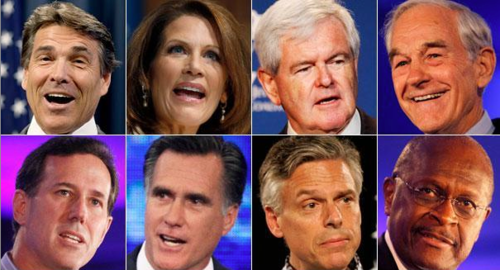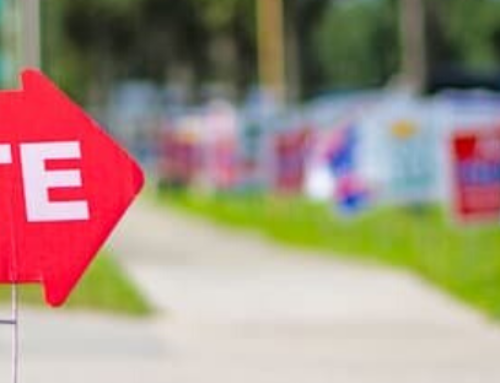The Herman Cain phenomenon has been at times interesting, exciting and quite frankly, unsettling to watch. His candidacy is wonderful political theater. That can be good for generating interest in the entire field and important issues. But a year out from the election and even more importantly, 60 days from Iowa, it’s worth asking- what makes for a real campaign? To quote Shakespeare, there’s a lot of “sound and fury” on the political stage right now, but one has to look past all of that and take a realistic look at who actually wins campaigns.
The importance of generating and sustaining grassroots support is the difference between being a political celebrity and a legitimate presidential candidate. The thousands of tea party organizations, other activists and of course local party committee members are the critical boots on the ground in the electoral process. Money, momentum, likability and perceived electability are all important aspects of a viable campaign, but the advantage typically goes to the candidate with the muscle.
Sorry, but polls are only a partial indicator. Cain, Romney, Perry, Bachmann have all been at the top of the pack at one point or another during this presidential cycle. With the exception of Romney, who has stayed fairly consistent over a long period of time, the rest of the candidates’ numbers have fluctuated wildly and in the end, polls don’t speak to a campaign’s ability to drive people to the polls.
If you want to be a factor, you can’t just sound good. You can’t just get people to say nice things to the pollster that calls at dinnertime. Campaigns who actually want to win have to organize their supporters and turn them into activists in the streets; not the Occupy Wall Street kind of activists, but real ambassadors for the campaign, driving people to the polls to vote, block by block, shopping center to shopping center and online.
Ron Paul may not be the best messenger for the conservative cause, but he seemingly has a legitimate campaign infrastructure. Paul has shown over several cycles that he understands you have to play the game like a professional. Most people don’t think Paul has a shot at becoming the nominee let alone President, but he cultivates and activates a loyal group of supporters state after state, which is the reason why he continues to win straw polls despite having low electability numbers.

Despite his big numbers of late, Cain has virtually no human infrastructure in most of the early states. Others have written about his lack of Iowa infrastructure, and creating that kind of campaign infrastructure doesn’t happen overnight. Thanks in part to a series of solid debate performances and primary voters’ appreciation of his intellect and experience, Gingrich’s numbers are on the move. But his ability to translate that newfound interest into a ground operation in Iowa or other early states remains to be seen. Bachmann’s effort is crumbling and Santorum also suffers from a lack of organization. Romney and Perry have the most experienced operatives and grassroots teams, which despite inevitable shifts in poll numbers, should give them staying power throughout the long winding road of the primaries.
The rules of politics are like the laws of gravity – sooner or later reality hits, and if there is nothing holding you up, you fall to the earth. Be it Cain, Romney, Perry or Obama, if the grassroots isn’t energized, trained, organized and deployed to move voters to the polls, campaigns become nothing more than glorified book tours or grotesquely self-promotional enterprises. January 3rd is coming quick and with it a dose of reality for candidates who aren’t developing their human capital and infrastructure on the ground.





